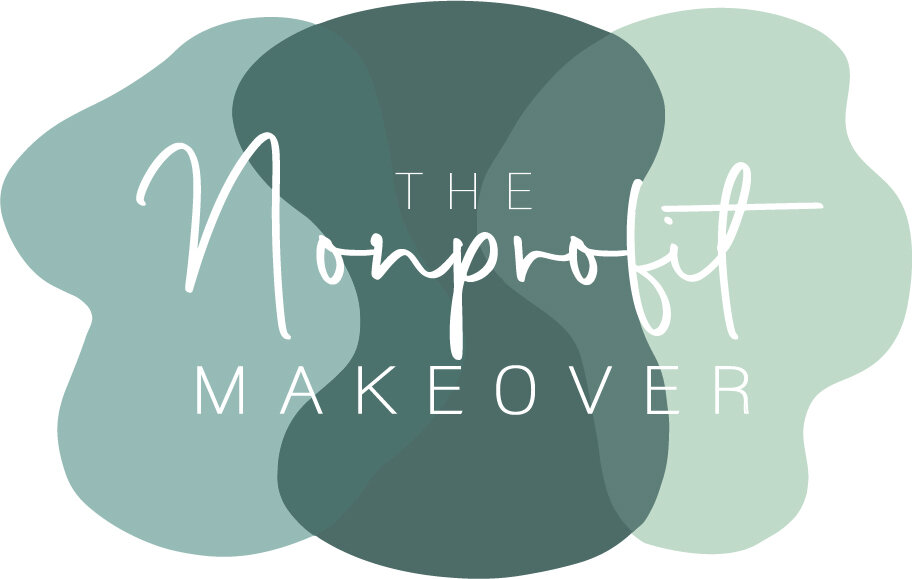Managing Conflict on a Team
Photo Credit: fauxels, via Pexels
By Jenn Rockefeller
No workplace environment is free from conflict. There will inevitably come the day where you need to resolve a disagreement with a colleague. These conflicts or disagreements will no doubt need the delicate hand of conflict resolution. There are ways to professionally manage conflict without it causing a rift in the fabric of your team.
What is conflict resolution?
According to Katie Shonk at Program on Negotiation at Harvard Law School, conflict resolution is “the informal or formal process that two or more parties use to find a peaceful solution to their dispute.”
Benefits of conflict
At first glance, you wouldn’t think that there are any benefits to conflict on a team; it sounds counter-productive. However, conflict, if handled properly, can give teams a chance to grow, share ideas, and identify aspects of their roles that aren’t working. According to Chris Wolski in Chron, there are several aspects of conflict that need to occur to ensure that conflict can happen healthily in the workplace:
Staff Training: In order to know how to handle conflict, staff and volunteers need to know how to navigate it properly. Having this background will allow them to come to resolutions on their own and will help instill trust, autonomy, and leadership on your team.
Mediation: If management is needed, make sure it is as an objective third party. Give each party an opportunity to share their perspective on the challenge and why they were unable to come up with a solution on their own. Try suggesting alternative solutions to see if those involved agree to a different resolution.
Team Discussion: If no solution has been reached at this point, Wolski suggests calling a team meeting. Bringing in different perspectives with the same goal in mind will help ensure that the solution reached is fair and in alignment with the organization’s policies.
Finding a resolution to a conflict in this manner is advantageous because it can give the involved parties the ability to think outside the box instead of just looking at the problem. Involving the full team can bring new points of view to the table and present a solution that the involved parties may not have considered on their own.
Resolution skills
To reap the potential benefits of conflict, you need conflict resolution skills. Such skills are often perfected and strengthened over time, which is why it’s best to start now so that when a conflict does arise, you’ll have the necessary tools.
Active listening: This is perhaps the most vital skill you can have. The key is to listen intently to the other person’s words, tone and phrasing--hear what they are really saying. Then respond in kind.
Articulate: When talking through a conflict, it’s important to articulate your thoughts and needs. Try thinking through what you want to say ahead of time to help you get your thoughts across. This can help you feel calmer during the discussion and help the other person understand your point of view.
Empathy: Being empathetic means placing yourself in someone else’s shoes. If you can see (and understand) the other person’s perspective, then finding a peaceful resolution to the conflict will be easier.
Patience: The conflict isn’t going to be resolved right away. Be patient to see it through. Be sure to give your full attention to the other person. Nothing will get resolved if you’re holding steadfast to your position and refuse to hear another’s point of view.
Approachable: After you talk it out with the other person, you’ll also want to make sure you’re approachable going forward. What does your body language say? Are you receptive to others’ opinions?
It’s vital to keep the above skills in mind as you traverse the path towards a peaceful resolution. Doing so will ensure a better chance at finding common ground.
The process
As with most things in life, you can’t just go from point A to point B without a plan. Managing a conflict is no different. There’s a process involved. That process – that plan – will get you from point A to point B.
Acknowledge: Just like in the 12-step programs, there must first be an acknowledgment of the problem. For any conflict to have a resolution, the parties involved need to acknowledge a problem exists.
Commit: You and the other parties involved need to commit to finding a swift and peaceful solution to the conflict.
Make an effort: It’s one thing to say you’ll commit to finding a solution. It’s another to go into it half-hearted. You need to make an honest effort to come to a resolution.
From there, you can identify behaviors that can be modified going forward. It’s important to keep the above skills in mind (like active listening) and acknowledge the things that bother each of you. Then, you can work toward a compromise and find a middle ground that will result in the resolution.
What happens if the conflict isn’t resolved?
Sometimes, despite the best of intentions, a conflict cannot be resolved. The unresolved issues on a team can, and many times do, cause ongoing hostilities between the parties involved. If left unchecked, this can create a hostile work environment that will cause stress among the rest of the team. Most will try to stay far away from the conflict, but there will be a select few who feel like they have to “choose sides” which will cause further discord.
Ready to take your nonprofit to the next level? Visit our services page to book a consultation and learn how The Nonprofit Makeover can help you.


